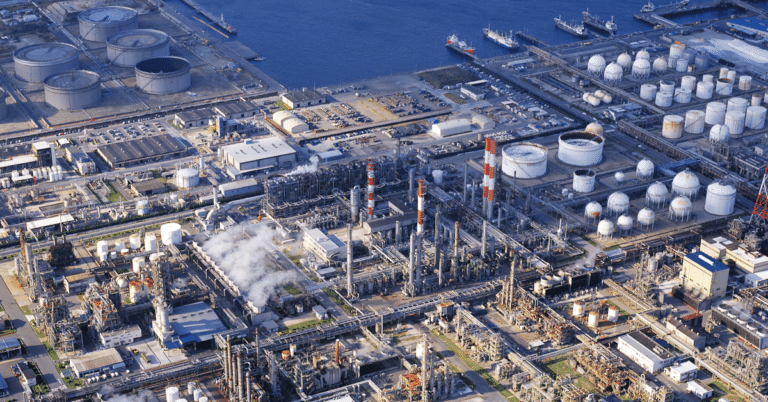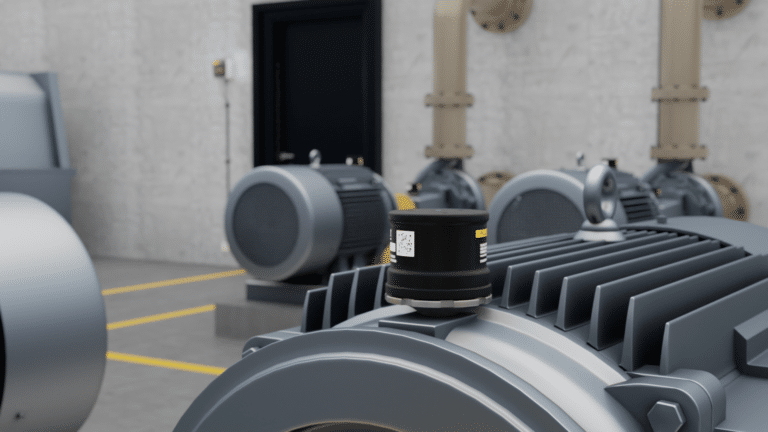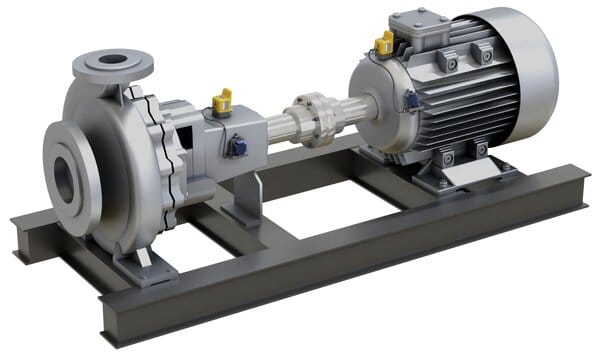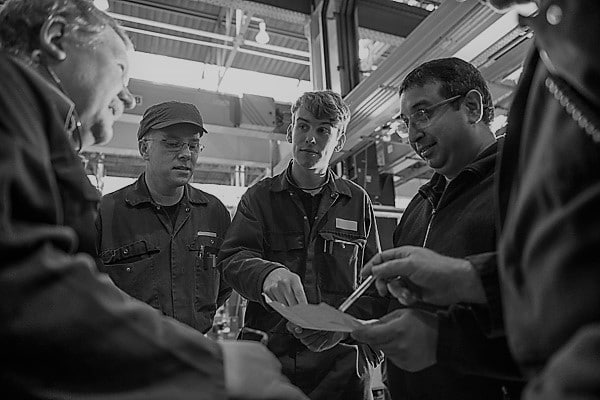According to Fluke Reliability surveys, during the pandemic, nearly 60% of maintenance teams operated with skeleton crews on site, with many operations depending on remote work. More recent studies suggest that most of the workforce will continue to work remotely at least several days a month in the coming years.

This new dynamic of work created new challenges for maintenance, with many maintenance teams quickly realizing they didn’t have the kinds of connected reliability tools needed to effectively keep machines and equipment operating in peak condition. Industries with more advanced predictive-maintenance practices, like energy generation, could leverage remote condition monitoring even with staff working from home.
Worker Safety Remains a Top Priority with Remote Monitoring
Along with the new way of working, safety concerns during a novel pandemic were, and continue to be, different from standard workplace safety issues. While social distancing may not be around for the long haul, other changes brought about by increased workplace safety will. Even after the pandemic subsides, the risks of working in hazardous environments remain, and keeping workers safe must continue to be top of mind.
3 Ways Remote Condition Monitoring Improves Worker Safety and Asset Health
Remote work is becoming more effective thanks to the continued expansion of Industrial Internet of Things tools and capabilities. As a result of advances in this IIoT technology and the necessity of adapting to COVID-19, many workplaces have been forced to reconsider where and how they work. Some 80% of organizations are in the process of deciding how, where, and when to use remote condition monitoring to drive their maintenance activity.
1. Improve Safety by Decreasing Route-based Maintenance
With remote condition monitoring in place, technicians are required to spend less time in high, hard-to-reach, enclosed, or otherwise hazardous spaces. Even just the task of accessing this type of space — not to mention spending time in that space testing and diagnosing equipment — can be dangerous for workers and leads to a number of workplace injuries every year. Remote condition monitoring means that techs are deployed on-site only when it is needed to further investigate issues that arise from continuous remote condition monitoring.
2. Save Costs while Ensuring Worker Safety
24/7 monitoring with sensors and cloud-based software helps maintain assets while improving workplace safety. In addition, remote condition monitoring is both affordable and cost-effective. With the right combination of solutions and expertise, teams of any size and budget can begin to implement and scale remote condition monitoring throughout their operations
3. Transition from Reactive to Proactive Maintenance
The more equipment you’re monitoring in real-time, the less time your team will spend in a reactive mode. Reactive emergency repairs carried out after failure occurs are riskier for workers than planned maintenance actions. Emergency repairs are done with urgency and under pressure, rather than careful planning. In some cases, they must be done when the equipment itself poses a risk. Preventing failures and unplanned downtime improves asset health as well as keeps workers safer.
Remote Condition Monitoring has Proven its Value
New technology reaches a tipping point when a population embraces a need and trusts the technology to do what it’s supposed to do. It can be difficult to get funding for such initiatives before this point. What was once seen as an optional solution, or something to consider down the road, can now obviously help today. The pandemic has demonstrated that remote condition-monitoring technology is already essential.







